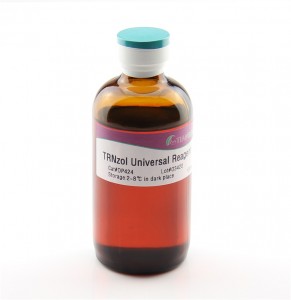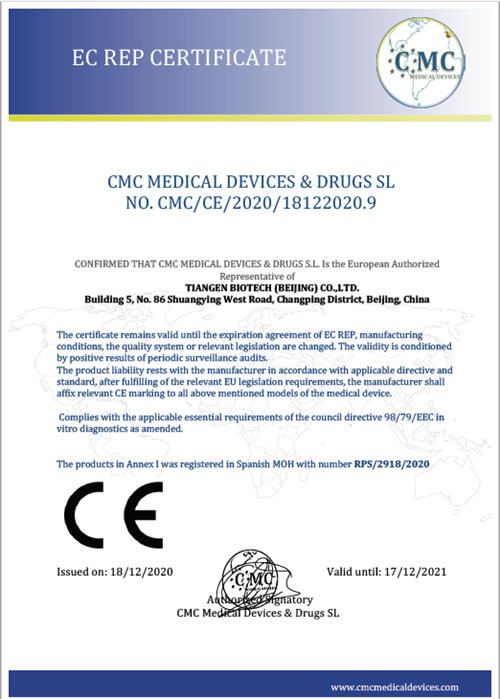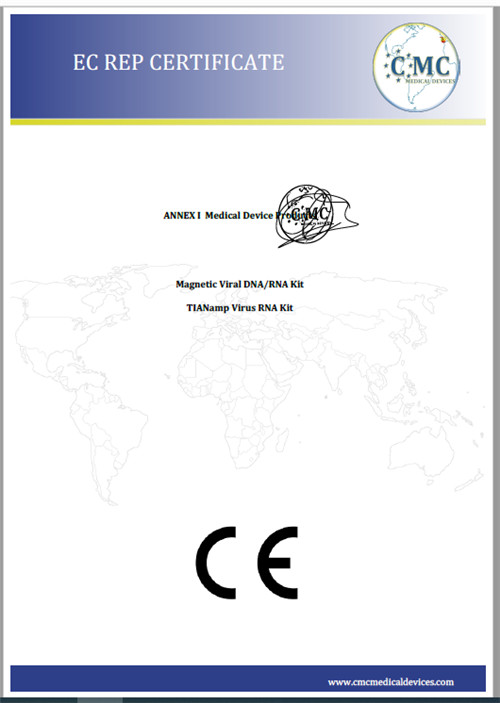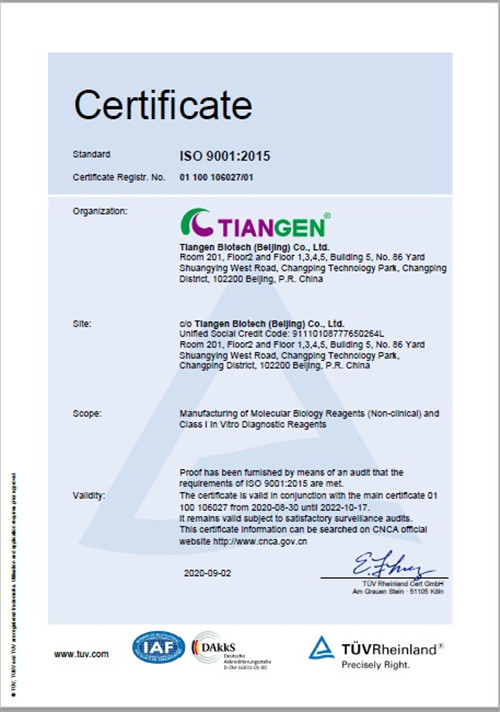
Method: 30 mg rat liver tissue, 100 mg rice leaves were collected by liquid nitrogen grinding; 1×106 HepG2 cultured cells and 700 μl Saccharomyces Cerevisiae culture medium (OD600=0.9) were collected by centrifugation. 1 ml of TRNzol Universal Reagent from TIANGEN and the relevant products from supplier L and T were added to each aliquot of sample and RNA extraction was performed following the protocols provided by each supplier. The elution volume was 80 μl, 50 μl, 30 μl and 30 μl for the four samples respectively. 3 μl of the eluate was loaded per lane.
MIII: TIANGEN Marker III;
The electrophoresis was conducted at 6 V/cm for 30 min on a 1% agarose.
Results: TIANGEN TRNzol Universal Reagent can extract high purity and good integrity RNA from rat liver, rice leaves, cultured cells and yeast samples, with high efficiency. The RNA quality is comparable to or slightly higher than that of supplier L and T products.










